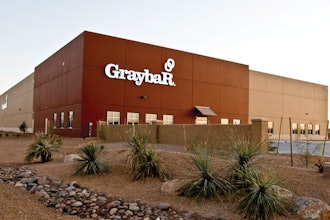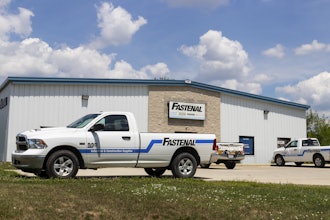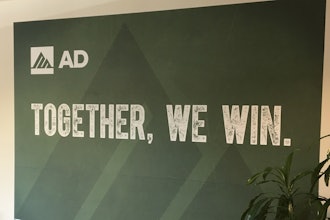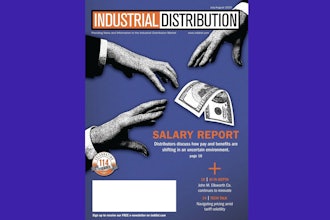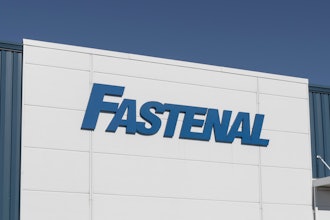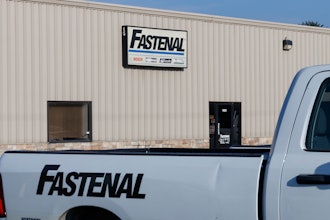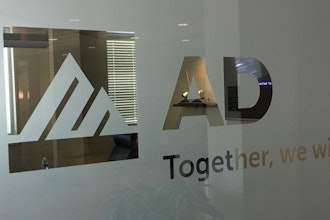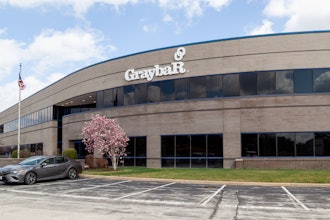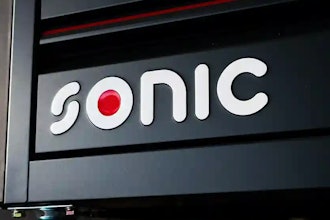
The concept of one-way circular intersections, a.k.a. “roundabouts,” was invented by a French architect, Eugene Henard, in 1877. It took time for the concept to catch on, especially in the U.S., but today, roundabouts are on the rise, providing a safer alternative to traffic signals and stop signs while increasing traffic capacity at intersections. They also reduce emissions and provide long-term cost savings for state governments.
It might be a stretch, but I think roundabouts are a good metaphor for what organizations are seeking from their supply chains today. They want more safety (i.e., less risk), more environmental sustainability (with an eye on ESG), and more productivity and value creation (with fewer delays and distractions from core activities) — all with a lower total cost of ownership.
How does e-commerce fit into the picture? Let’s start with a quick refresher on planned vs. unplanned spend, and the very different fulfillment models for each.
Planned spend relates to products with a predictable demand cycle, which are often managed by a preferred supplier through a vendor-managed inventory program. We can think of this as a strategic environment because there’s an opportunity for the supplier to remove costs and add value to the supply chain, in large part by absorbing or reducing burdens, tasks and touches associated with material management. There’s an environmental aspect as well. For example, consolidated shipments from fewer points of origin contributes to more efficient use of fuel.
Unplanned spend is, by nature, reactive and non-strategic. Unplanned needs are typically procured through the online marketplace, and procurement decisions are mostly based on transactional considerations — price, availability and lead time. With modern e-commerce platforms, the individual transactions are quick and easy, but they still occur within a high-cost environment. Think about things like off-contract spending, expedited freight, potential loss of productivity, and high administrative costs to process the source-to-pay cycle for a large number of suppliers and transactions.
Unplanned spend is part of running a business, but it’s important to make the distinction between what truly cannot be planned and what simply has not been planned due to the fragmented, siloed nature of MRO. Are all those ad hoc purchases truly unpredictable? Could a certain percentage be fulfilled through a more strategic, lower-cost process? The conventional e-commerce model has no room for such questions. There is only one directive: fulfill orders, quickly and accurately, period.
Back to our roundabout metaphor: from the buyer perspective, it’s kind of like being stuck on a high-speed roundabout with no exits, an endless cycle of “order, wait, receive, repeat.” Each go-round is fast and easy, which is important when you need a product quickly. But costs accrue with every turn, and there’s no movement forward, no real value being created. The costs tend to fly under the radar, in part because individual buyers are insulated from negative impacts – it’s easy to click “buy,” not as easy to receive the product, put it away, process the paperwork, etc. – and in part because the shop-click-pick-pack-ship e-commerce model is just “the way things are done” in today’s world.
Industrial distribution in the 21st century has been defined by a race to migrate buyers from an offline service model to an online one, largely in pursuit of a lower cost to serve. But the movement doesn’t have to be strictly one-way. At Fastenal, we see e-commerce as both a platform to simplify research, buying and fulfillment, and a springboard to create deeper value. How? We analyze the customer’s purchasing activity — what they’re buying and at what frequency. We then present opportunities to standardize parts, substitute to higher-value (or more environmentally sustainable) alternatives, and shift recurring needs to a Fastenal-managed program, where we can be much more strategic about optimizing the supply chain and reducing the total cost of ownership.
In effect, we’re adding exits to the roundabout, opportunities to move from unplanned to planned, from unmanaged to managed, from transactional to strategic. It may sound counterintuitive, but this intentional strategy to shift online spend offline has coincided with surging growth within Fastenal’s e-commerce sales channels. Some of it reflects an industry-wide rise in e-commerce adoption, but I believe we’re differentiating ourselves in the space by positioning e-commerce as both a transactional platform and a strategic tool.
Today’s industrial customers expect their supply partners to be excellent in each high-level spend category: planned and unplanned. Fastenal envisions e-commerce playing a pivotal role on both fronts — speeding and simplifying fulfillment, while also providing “off ramps” to help organizations reach their desired destination: a supply chain that reduces risk, increases productivity and sustainability, and delivers a lower total cost of ownership.
Kirk Talmontas is the vice president of e-commerce at Fastenal.










